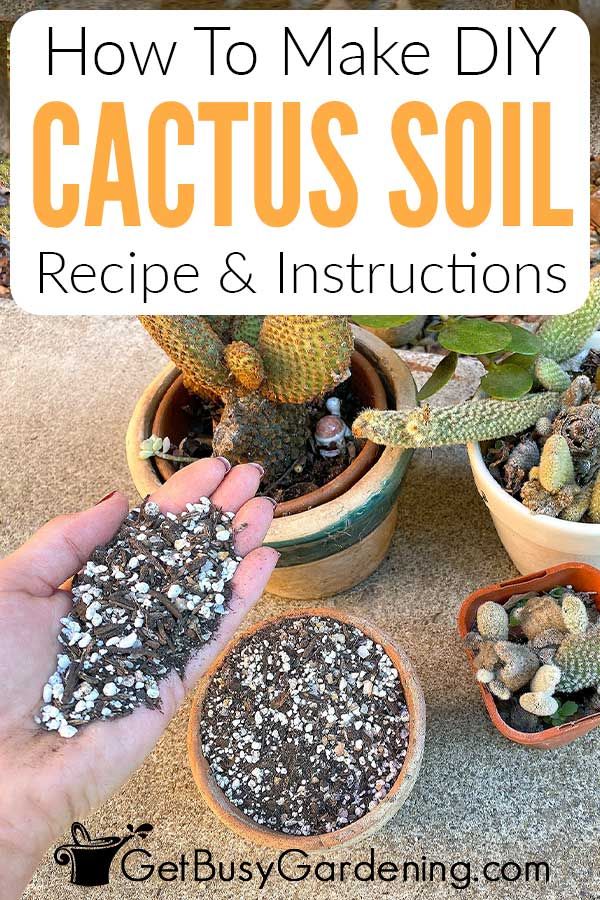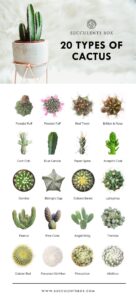Cactus plants have captured the imagination of plant lovers and novices alike with their resilience and distinctive beauty. These hardy succulents thrive in arid environments, making them a popular choice for both indoor and outdoor gardens. However, one crucial aspect of nurturing happy cacti is selecting the right potting soil mix. The ideal soil for cacti does more than simply act as a medium for growth; it ensures proper moisture retention, aeration, and essential nutrient delivery. Understanding the nuances of cactus potting soil can lead to healthier, thriving plants and foster a deeper appreciation for their unique ecology.
The unique growing requirements of cactus plants demand specific soil characteristics. Typically, cacti thrive in well-draining soils that replicate their native habitats. When grown in overly dense, moisture-retentive soils, cacti are susceptible to root rot and various fungal infections, leading to declining health. Thus, formulating an appropriate potting soil mix is paramount for successful cactus cultivation.
Let’s delve into the essential components that forge the perfect cactus potting soil mix, unlocking the secrets to cultivating these marvels of drought resilience.
Understanding Soil Composition
The backbone of any soil mix lies in its composition. A delightful interplay of components will not only mimic the cactus’s natural habitat but also provide stability for the plant’s roots. The essence of a successful cactus potting soil consists of four main ingredients: organic material, inorganic material, drainage enhancers, and pH modifiers.
Organic materials such as peat moss or coconut coir are paramount for moisture retention, combating the risk of dehydration that cacti can face in dry air. However, too much organic material can result in a soggy mix that endangers root health. Thus, it thrives in moderation.
In contrast, inorganic materials such as perlite, pumice, or coarse sand play a crucial role in ensuring excellent drainage. These materials are typically lightweight, promoting aeration and preventing compaction, both of which are essential for cactus root development. The choice of inorganic components also contributes to the mix’s ultimate texture, impacting its ability to retain water while remaining permeable.
Creating a harmonious blend of these materials is essential. A general guideline for crafting a good cactus potting mix is to utilize a ratio of 50% inorganic materials and 50% organic, adjusting the proportions as necessary based on the specific requirements of various cactus species.
The Role of Drainage Enhancers
A common misconception surrounds the notion that cacti require substantial watering. In truth, these plants flourish when subjected to less frequent hydration. Achieving this delicate balance hinges on employing effective drainage enhancers in the potting soil mix.
Additives like gravel, crushed granite, or volcanic rock can amplify the soil’s drainage capabilities, allowing excess water to escape freely. Additionally, these materials can help temper the heat of the sun-soaked soil, guarding the roots against the scorching effects of exposure. In environments where cacti are cultivated indoors or in shaded areas, consider reducing drainage enhancers while ensuring sufficient air pockets remain intact.
Furthermore, when selecting a pot for your cacti, opting for one with drainage holes is non-negotiable. A well-draining container will allow excess moisture to escape, thereby promoting root health and ensuring a longer lifespan for these exquisite plants.
Nurturing Nutrient Delivery
Although cacti are generally low-maintenance when it comes to nutrient requirements, they still seek essential minerals for optimal growth. Understanding how to supplement the potting soil with the right nutrients can make a significant difference in a cactus’s vigor. By introducing slow-release fertilizers specifically formulated for cacti and succulents to the soil mix, one can ensure that these hardy plants remain nutritionally balanced.
It is important to consider the micronutrient requirements of each cactus species. Elements such as calcium, magnesium, and potassium are vital for healthy growth, contributing to overall plant vitality and resilience. Consequently, analyzing the specific needs of your cacti before selecting a fertilizer can result in a more thriving garden.
Monitoring and Adjusting pH Levels
Surprisingly, the pH of the potting soil mix plays a pivotal role in plant health. Most cactus species prefer a pH range between 6.0 and 7.0, but this can vary depending on the variety. The soil’s acidity or alkalinity can significantly influence nutrient availability, ultimately affecting growth.
Using pH-modifying agents like lime or elemental sulfur can help tailor the soil environment to best suit your cacti. Regular monitoring through pH testing kits allows for timely adjustments, ensuring optimal conditions for these resilient plants.
Conclusion: A Recipe for Success
In conclusion, the pursuit of cultivating healthy and thriving cactus plants hinges on understanding the importance of an appropriate potting soil mix. By carefully considering the composition, drainage capabilities, nutrient delivery, and pH levels, enthusiasts can create the perfect environment for their beloved cacti. The quest for excellence in cactus care is not only a plant lover’s journey but a fascinating exploration into the intricacies of nature itself. Nurturing cacti can be immensely rewarding, granting one insight into a world where resilience meets beauty, and understanding the delicate balance of soil components can unlock the potential for a thriving garden. With the right mix, your cactus plants will not only survive but truly flourish.





Leave a Comment